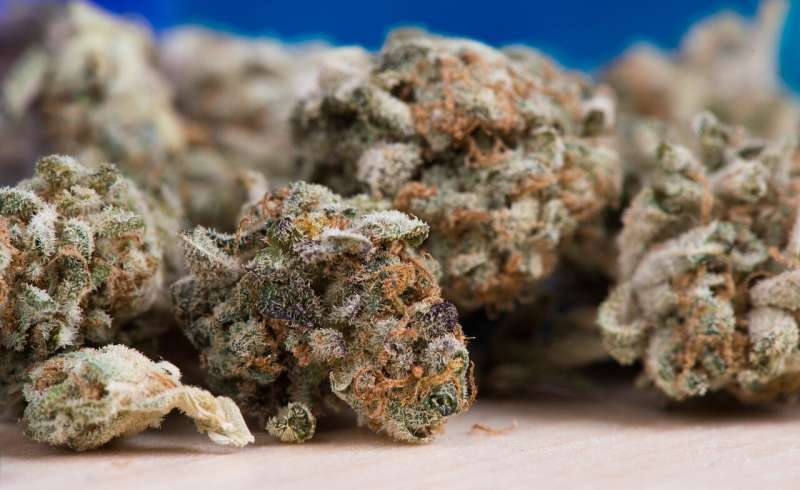
Wastewater samples taken during 2020 show that methamphetamine use plunged in Australia during the first COVID-19 lockdown while cannabis use spiked, according to a new study led by the University of South Australia.
Western Australia recorded the largest drop in ice loads, falling more than 50 per cent between April and June 2020, attributed to border closures restricting imports of the popular drug. Cannabis is largely produced locally so national supplies were still plentiful, and wastewater samples reflected this, with all states except the Northern Territory showing large increases in cannabis use.
Researchers from UniSA, The University of Queensland and University of Adelaide collaborated on the study, published in Environmental Science and Technology Letters.
Wastewater samples are taken every two months from 20 treatment plants across Australia, covering approximately half the population, and tested for methamphetamine (ice), MDMA (ecstasy), cocaine, cannabis and alcohol. Samples collected before the COVID-19 pandemic (August 2016—December 2019) were compared with those taken between February and June 2020 when Australia went into a national lockdown.
According to the Ecstasy and Related Drugs Reporting System, approximately half of Australia’s cocaine users stopped using the party drug—or cut down drastically—during the lockdown when global supply lines were disrupted. This was reflected in the wastewater loads but once restrictions were eased, cocaine use returned to pre-pandemic levels. A similar pattern was seen with ecstasy use.
2020 samples showed that South Australians drank significantly less during lockdown, consuming 12 per cent less alcohol than normal, with NSW and Northern Territory also taking a more sober approach.
The results also showed that alcohol consumption—albeit lower in total—was evenly spread over the whole week during the three-month lockdown, with the closure of bars, hotels, nightclubs and social gatherings curtailing the normal weekend spike.
Once restrictions were eased, alcohol use spiked, particularly in the Northern Territory which came out of lockdown earlier than the other states.
While ice use fell drastically in WA and other parts of the country, falls in South Australia and Victoria were more moderate and delayed, suggesting that both capital cities in these states had residual supplies of the drug.
“Job cuts and loss of income could have contributed to the lower usage nationally, but it is more likely to be connected to disrupted supply lines,” says UniSA Associate Professor Cobus Gerber, one of the study leads.
“This study provides an insight into the first four months of COVID restrictions in Australia and it remains to be seen what the longer-term effect of the pandemic will be,” he says.
Dr. Richard Bade from UQ’s Queensland Alliance for Environmental Health Sciences says the study is one of only a handful worldwide to analyze community drug use through wastewater analysis in a COVID-19 lockdown.
Source: Read Full Article